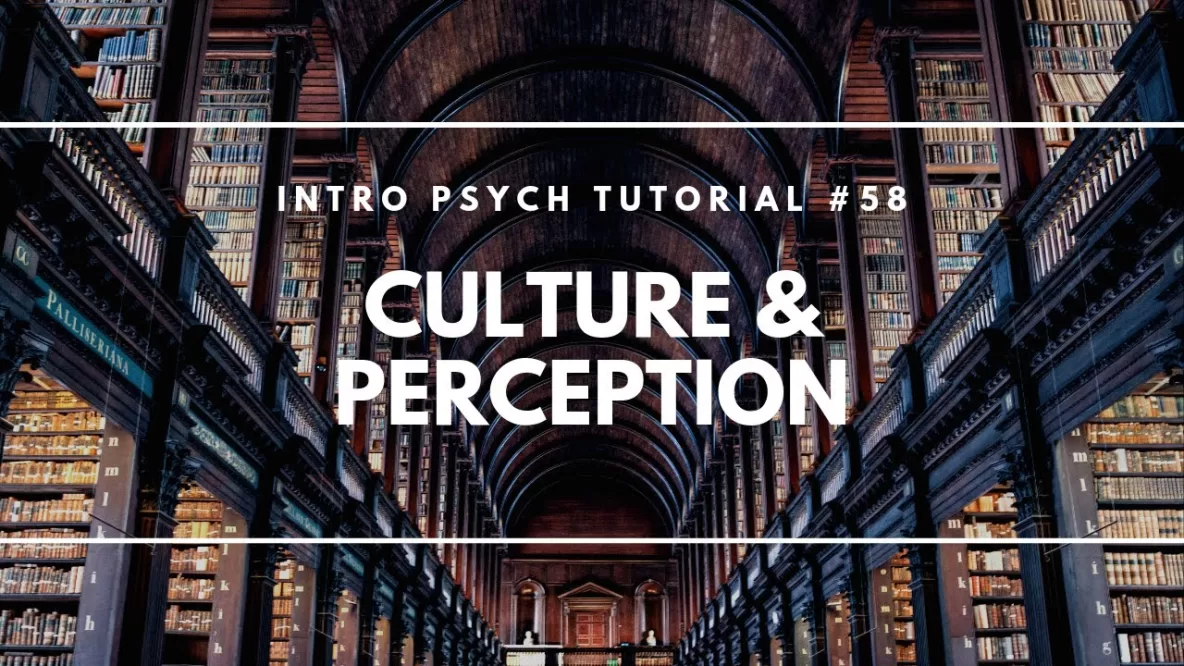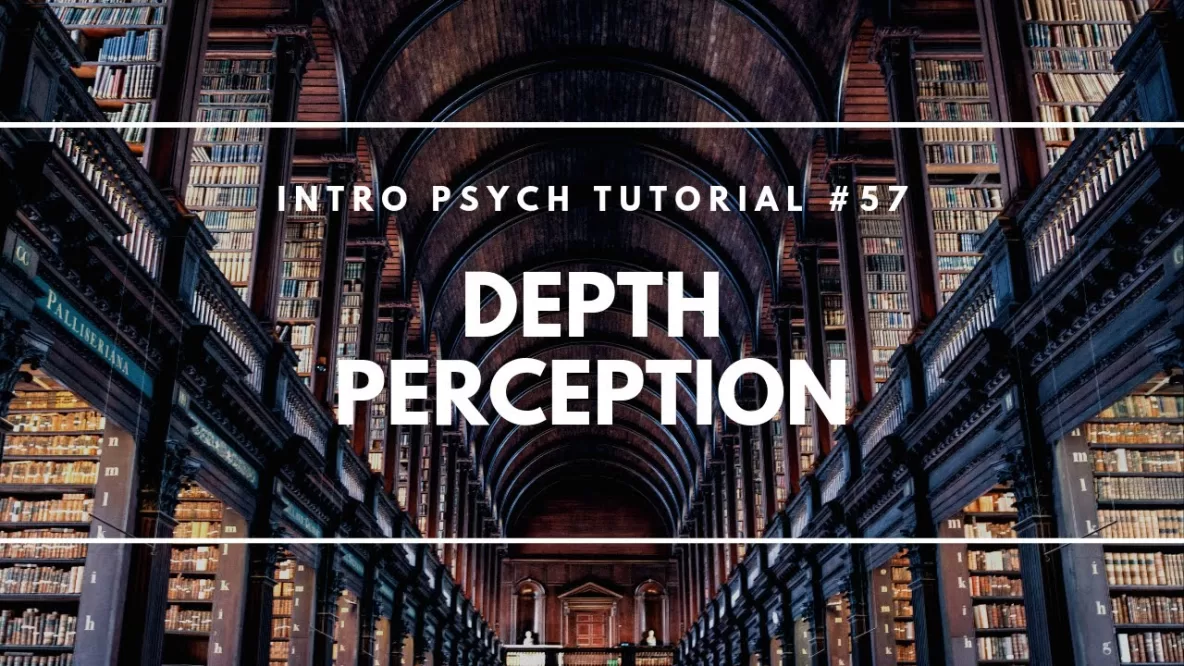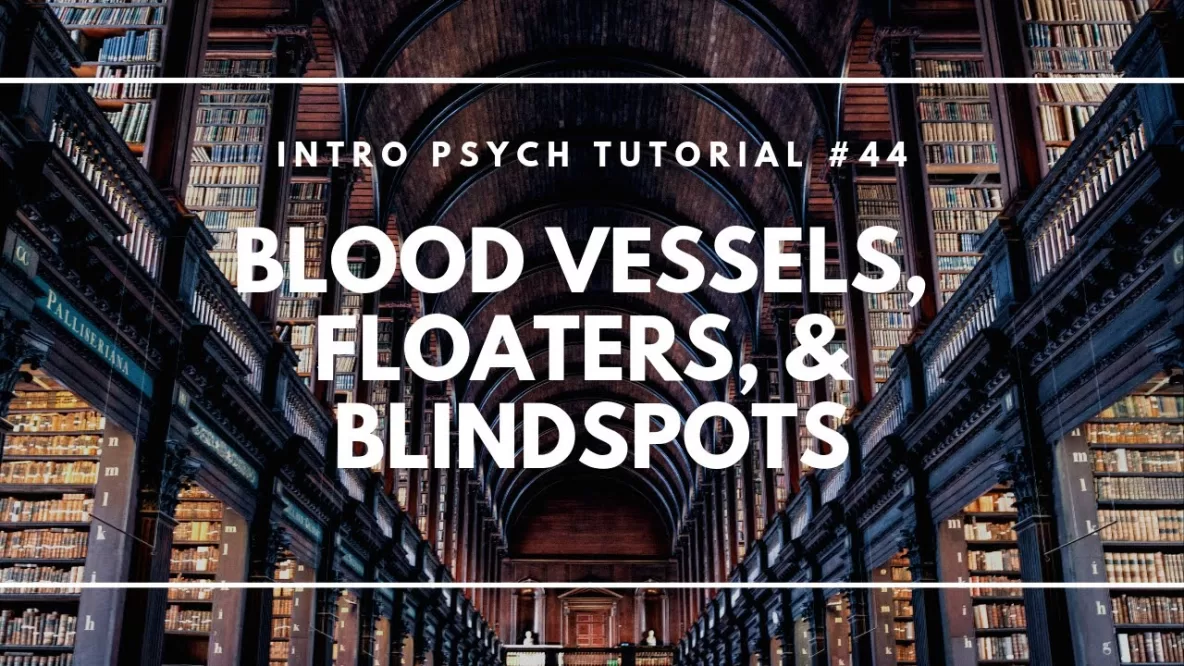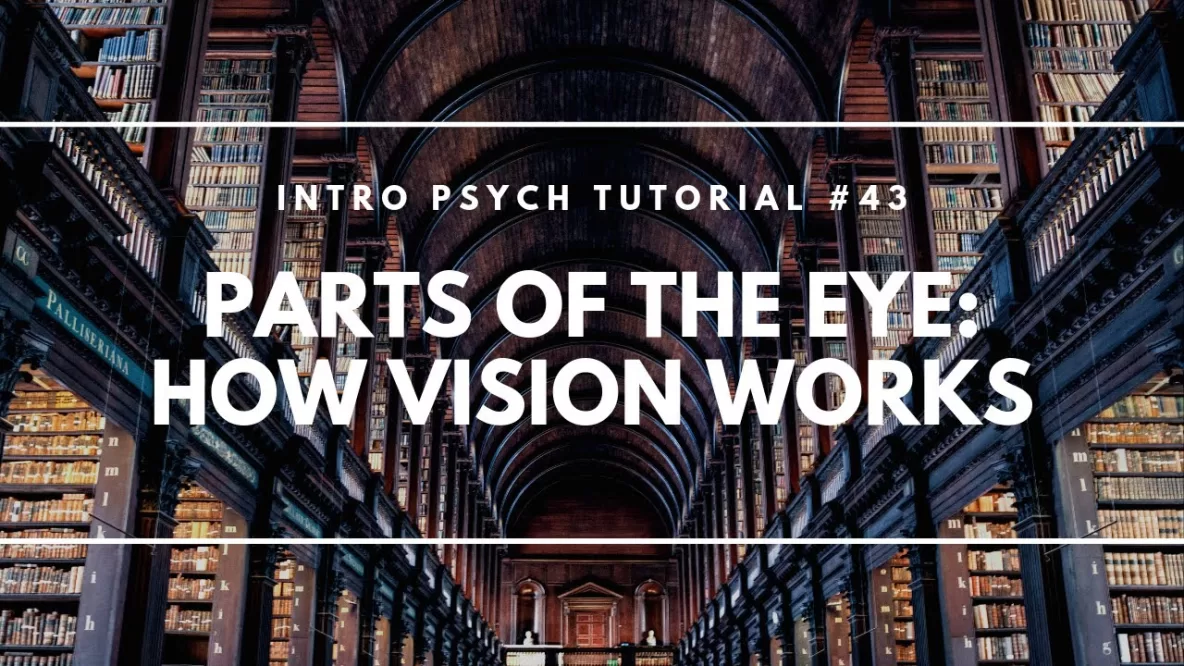In this video I consider the role of culture on perception. The fact that we must learn how to perceive the world creates the possibility that our culture can shape our perception. I provide one example of this, known as … Read More
Depth Perception
In this video I describe the many cues that we use to perceive depth and experience a 3D world based on the 2D information from our retinas. These include monocular cues (linear perspective, relative size, texture gradient, interposition, and shading), … Read More
Perceptual Constancy
In this video I describe perceptual constancy, which refers to the idea that we perceive a relatively stable and unchanging world despite the fact that sensory information is changing dramatically. I explain how this applies visually to size, brightness, and … Read More
Color Vision: Trichromatic and Opponent Process Theories
In this video I discuss how color vision occurs and explain two important theories for understanding color vision; Young-Helmholtz Trichromatic Theory and Opponent Process Theory. Along the way I describe how some people are able to see ultraviolet (UV) light, … Read More
Photoreceptors, Receptive Fields, and Lateral Inhibition
In this video I go into more detail on the retina, describing the two main types of photoreceptors (rods and cones) and how they operate in different levels of light. Next I describe the composition of receptive fields and how … Read More
Blood Vessels, Floaters, and Blind Spots
In this video I consider several strange aspects of vision such as why we don’t normally see the blood vessels in our eyes, what those odd shapes are that we see when we look at a clear sky, and why … Read More
Parts of the Eye: How Vision Works
In this video I describe the parts of the eye and the function of each of these parts for vision. I also explain why the red-eye effect occurs in photographs and how an additional light is able to correct for … Read More







